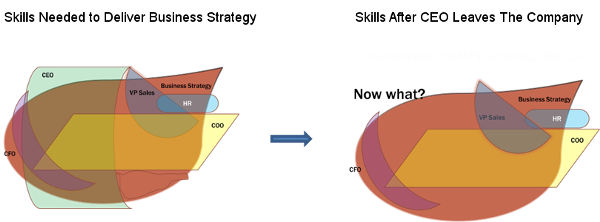"Retirement is Terrific!" — Fact or Fiction?
/ More often than not, it’s fiction.
A couple of years ago, I crossed paths with a gentleman who looked more and more haggard each time I saw him.
More often than not, it’s fiction.
A couple of years ago, I crossed paths with a gentleman who looked more and more haggard each time I saw him.
Formerly the president of an organization, he was forced into retirement several years earlier than he planned. Suddenly cast adrift, he was struggling with how to fill his free time productively. As I probed further, I found he was having difficulty sleeping, and his health was suffering.
He was flashing the neon signs of depression, and he wasn’t alone. According to a 2013 report released by the Institute of Economic Affairs (IEA), following an initial boost in health, retirement increases the risk of clinical depression by 40 percent.
The Harvard School of Public Health also concludes that alcoholism, depression and obesity increase significantly post-retirement for business owners when they do not have a plan for what will bring them meaning.
What about women? This transition typically isn’t as hard for women. They generally take on many personal and professional roles during their lives, and as a result, don’t define themselves as business owners the way many successful men do.
The role of CEO is lonely in general, but as these leaders move toward retirement, it’s particularly hard for them to talk about the uncertainty around the coming changes.
After retirement, social and professional networks take a back seat and retired owners find themselves more isolated, and without other interests or relationships drawing them forward. For some, this could show up as depression masking as escapist behavior, such as spending a lot of time working out or on sports; or alcohol or substance abuse; irritability or inappropriate anger; even reckless driving. For others it can look like withdrawal from family and friends and other activities that used to be enjoyable.
Yet many resist seeking help, viewing both depression and its treatment as signs of weakness. Therapy can be a great help but many baby boomer owners are not willing to consider it, preferring to try to work through it on their own. This CEO decided to speak to a pastor at his church, someone he had great respect for and deeply trusted. Through that relationship, he felt heard and supported and was guided toward a volunteer opportunity that was very compelling to him. It gave him a goal for getting healthy, a purpose for his life, and a way to contribute to the church. He looks and feels 20 years younger.
If you think that you or someone you know may be depressed, learn more at the National Institute of Mental Health or the National Alliance on Mental Illness.
Make Retirement Terrific by defining what will bring meaning and joy in your next phase of life. Contact us to learn more about our Executive Transition Process and create a Retirement that’s ‘Terrific’ for you!

